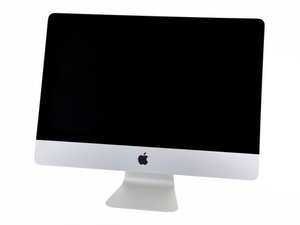Can I replace iMac's harddrive with an SSD?
hi everyone!
I'm using an Intel based iMac (Mid-2011 model) 21.5 inch. It comes with a 500GB hard drive (ST3500418AS) and I'd like to replace (not add a new drive by removing the optical disk drive) that drive with an SSD (Samsung 840 EVO-Series 1TB 2.5-Inch SATA III Model #MZ-7TE1T0BW)
SSD link below:
the ssd itself is 2.5 inch and I'm going to convert that drive to 3.5 inch drive by using a WD icepack which is sold on amazon.com for about $20 usd
WD Icepack link below:
first I'm going to attach the ssd into the WD icepack and then I'm planning to replace the original HDD that comes with the iMac by installing the SSD.
My questions are:
1. does apple allow 3rd party SSD's for iMac?
2. do I need any additional cable kit?
3. is it enough to change just the drives? (I mean HDD comes with a termal sensor, does the SSD need a termal sensor?)
4. do I need any software after installing the SSD (if possible) to control iMac's fan speed [I heard some people complaining about their fan speeds and the loudness of the fans]
Is this a good question?

 2
2  2
2  1
1 




